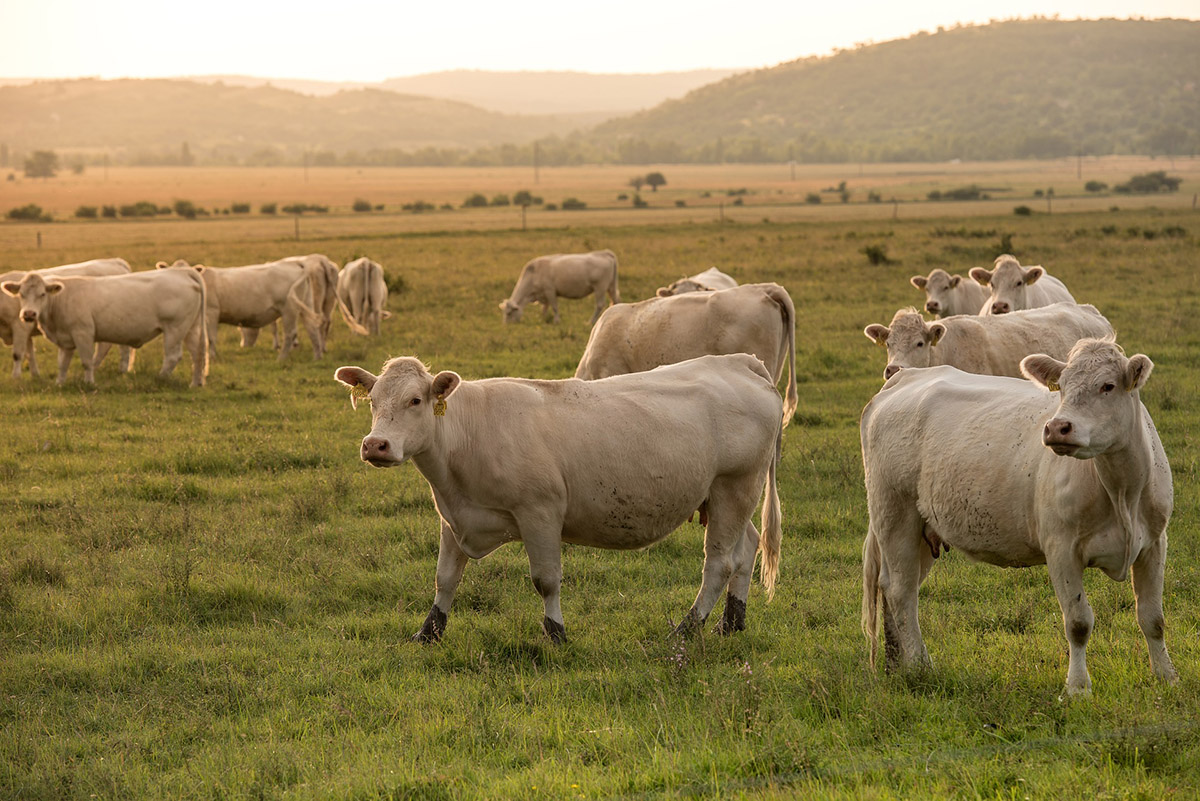A while ago, I saw a picture of off-colored ground beef in a supermarket posted…

The Chicken or the Egg
By now everyone has either heard of or consumed omega 3 eggs. Chicken farmers can feed relatively inexpensive sources of linolenic acid (the simplest omega 3) like flaxseed and produce eggs enriched with omega 3’s including DHA. The egg is unique in that it is a single tissue composed of the white and yolk. Unlike meat, however, which has only about 1% phospholipids, egg yolk is rich in phospholipids, and as previously indicated, DHA is preferentially deposited in phospholipids. The liver actually converts linolenic acid to DHA, and DHA produced is efficiently deposited in egg yolks. Trying to produce pork and beef enriched with omega 3’s, however, is problematic. When you feed linolenic acid to pigs and cattle there is limited conversion and deposition of more potent longer chain omega 3 fatty acids in meat, although the amount of omega 3’s can can at times be enough in some countries to claim your meat is omega 3 enriched (ex. in Canada, you need 300 mg of total omega 3’s per serving to claim an enrichment). If you only measure the omega 3’s in lean meat, however, the levels will typically not be enough to make a claim, but when you add omega 3’s in trim fat, which most people don’t eat, you can more than enough to make a claim. In many cases, therefore, it might be a better strategy to produce products with added fat like sausages than omega 3 enriched whole cuts.
So why don’t you see any omega 3 enriched beef or pork on the market? Grass fed beef is richer in omega 3’s than grain fed beef, but typically the amounts are not enough to make a label claim. Interestingly, however, the amount of long chain omega 3’s in grass fed beef and lamb can contribute substantially to their intake in populations that don’t eat fish. In Canada there has been some commercial omega 3 pork produced, but companies selling flax fed pork (i.e. a rich source of linoleic acid) have mostly faded and only a couple where producers are feeding preformed EPA and DHA remain. There have, however, been larger efforts in the USA and Europe to produce flax fed pork for Asian markets, where the need for omega 3’s in the human diet have been more emphasized and value-added markets more developed. Producing omega 3 beef on the other hand, remains very tricky, as rumen microbes can saturate (also known as hydrogenate) polyunsaturated fatty acids and reduce amounts deposited in tissues. Although this biohydrogenation process is problematic, it can produce fatty acids like conjugated linoleic acid (CLA), which has a number of purported health benefits…so stay tuned to this award winning series of articles.



